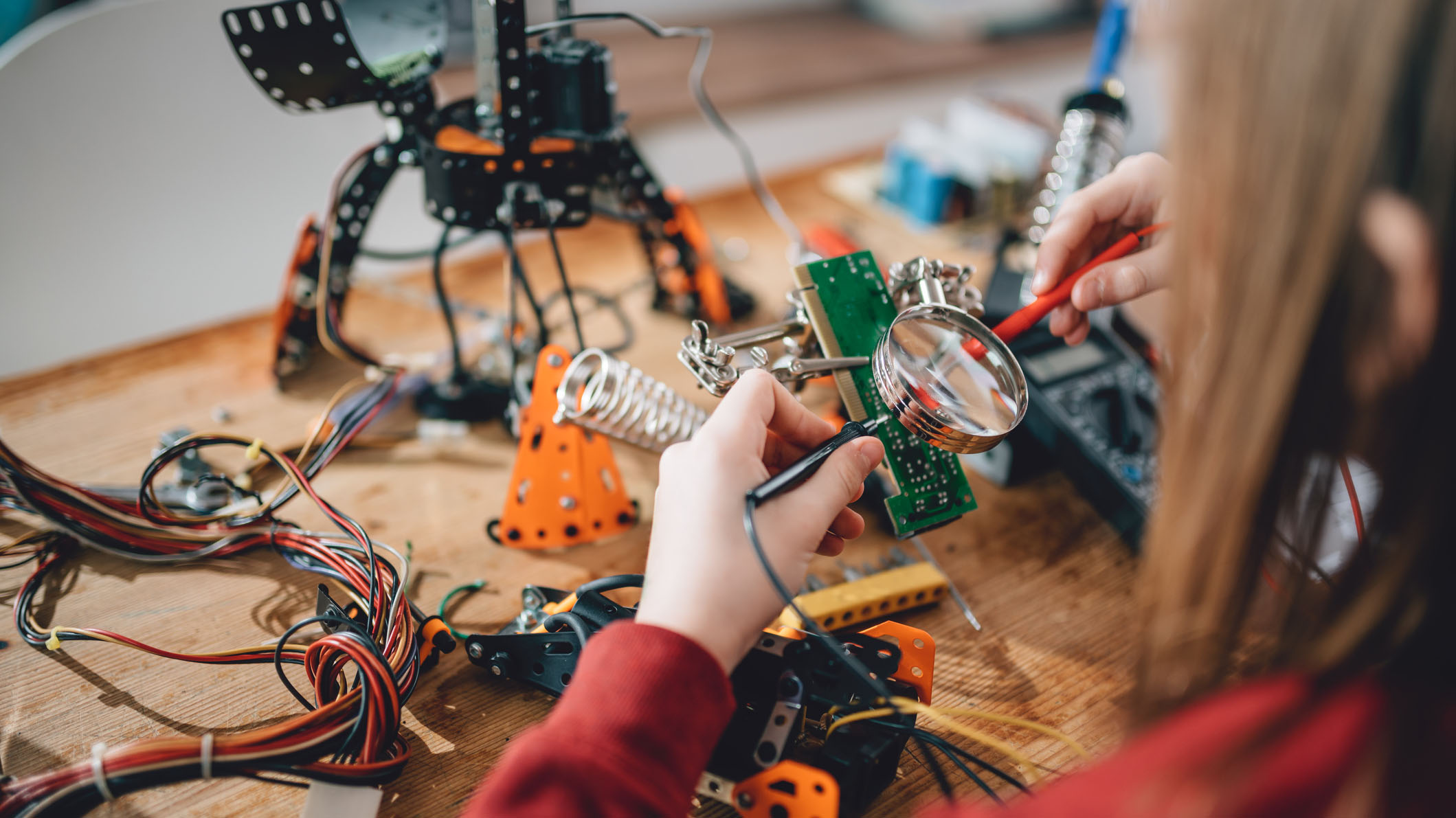If you had an hour per day to explore any passion, interest, or hobby, what would you choose? Having free time as adults allows us to pick and choose how we spend our time. What if you could do the same for the students in your classroom?
Genius Hour is taking classrooms by storm, and many teachers are providing innovative instructional methods for students of any age to learn independently while applying cross-curricular strategies. This pedagogical application encourages students to explore their own interests and curiosities.
How Does Genius Hour Work?
Genius Hour can take place in any learning environment, giving students the opportunity to lead and navigate their learning. Students are encouraged to choose a subject or topic of interest. They can create, explore, learn, build, invent, modify, write, or follow any passion they want. Students will then research, plan, report, and present throughout the process.
Genius Hour isn’t meant to replace teacher-led instruction. In fact, the original ideas for Genius Hour stemmed from the idea that Google allowed its engineers to spend 20 percent of their time working on any project they wanted.
Genius Hour is often implemented during a time in the week when students may need a break from traditional learning. For example, you could allow students to use any free time at the end of class to work on their projects.
You could also designate Friday afternoons as independent work periods. Students could even work on these projects at home in place of homework. Genius Hours are flexible; you are able to manipulate the structure to meet the individual needs of students.

Example Project: Make a Cake from Scratch
One type of Genius Hour project is to make a chocolate strawberry cake from scratch. For this project, the student could start with researching recipes. Next, the student should plan out when they are going to bake the cake. This way, they can find which ingredients are already at home and which need to be purchased from a store.
The student may also choose to take photos of each baking and decorating step in order to create a presentation of the process. They could record the presentation with an audio voiceover, narrating each step. The student could then use that presentation to show the class, whether in-person or online. If they're in-person, the class could even enjoy a piece of that cake!

Things to Consider
For many students, Genius Hour exploration and application does not come naturally. For others, it's an easy transition. Be aware and attentive to your students' needs. For example, some students may feel their projects need to be perfect and flawless since they're exploring an area of interest. Other students prefer direct instruction and set expectations; whereas, genius projects are creative and fluid.
As students continue working on these types of projects, their confidence can and will grow, along with independent investigating and decision-making skill sets. These projects can be quite magical, to say the least. Students are able to persevere through self-guided trial and error, problem-solving, and creativity.
To learn more about Genius Hour, check out what Kesler Science suggests.
Have you implemented Genius Hour in your classroom? Share your experiences in the comments below.

Stephanie Knight is a Teacher Facilitator for Lincoln Learning Solutions. Stephanie has a Bachelor of Science in Family and Consumer Science, a Bachelor of Arts in Elementary Education and a Master of Arts in Reading. Stephanie is married with two daughters and has a Bernadoodle puppy named Louie. Stephanie enjoys spending time on any of the lakes in Michigan.



